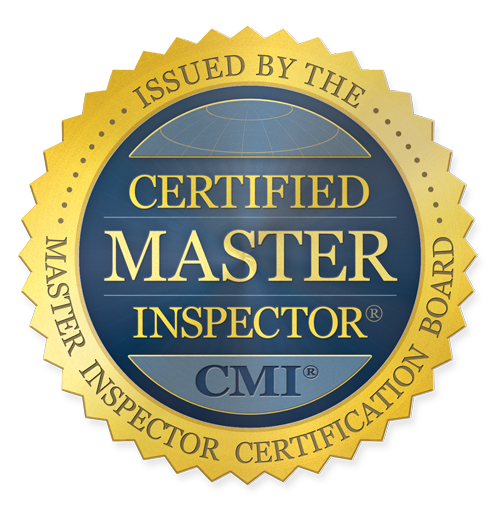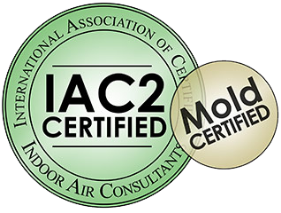Every region of the country has a natural “Achilles heel.” Here in Florida, that weak spot due to our hurricanes is high winds. Annual roof inspections by a licensed and experienced wind mitigation inspector are essential to ensure your roof is equipped with the proper wind mitigation features that, quite literally, weather the storms.
When you review and compare first-time costs of home enhancements for wind mitigation with the lifetime costs associated with wind-related repairs, replacement, and increased homeowner’s insurance, wind mitigation inspections can save Volusia County homeowners thousands of dollars.
What is a Wind Mitigation Inspection?
Wind mitigation inspections assess your home to establish whether or not the structural integrity of the home is designed to survive wind storms with structural components fully- or mostly intact.
Wind Speed 101
Knowing more about wind speeds helps homeowners understand why wind mitigation is important.
Wind speeds are divided into five categories:
- Category 1: Low-risk level for property damage or injury – 20 to 25 miles per hour. At these wind speeds, a well-built and maintained home should be just fine, requiring zero to very minimal repair.
- Category 2: Moderate-low risk level – 25 to 30 mph. While old branches may come down, a solid home with adequate wind mitigation should still suffer little- to no damage.
- Category 3. Moderate-high risk level – 30 to 40 mph. Once winds reach these speeds, home repairs may follow. Unsecured shutters blow off, shingles or loose tiles come down, and poorly constructed awnings or porch covers may blow over or strip apart.
- Category 4. High risk – 40 to 55 mph. At these speeds, a “high wind watch” is issued by the National Weather Service. People can no longer walk safely outside, branches, trees, power lines, roofs, windows/doors, porches, etc. are all at risk.
- Category 5. Extreme (or severe) risk level – 55 mph or higher. Now, we’re talking about a major storm. Even with the best wind mitigation in the world, all buildings are at risk depending on wind speeds, direction, rain/hail, flying objects, etc.
Read, How Wind Speeds Affect the Risk Damage of a Home, for a more detailed description.
As a result of Category 4 and Category 5 wind speeds and storm episodes, Florida’s buildings experience an average of $50 billion of damage every year, and $35 of those billions are absorbed by homeowners and insurance carriers.
Importance of Wind Mitigation Inspections
Proper wind mitigation features exponentially minimize the amount of damage done to homes when wind speeds exceed Category 2. A wind mitigation inspection is the only way to determine whether or not your home has the proper wind mitigation to withstand the next storm season or to lower home insurance premiums.
Licensed wind mitigation inspections carefully assess vulnerable areas of the home most likely to be damaged by high winds. These specialized home inspections evaluate:
Garage doors
Is your garage door rated to sustain a hurricane? If not, it will not stand up to the risks associated with higher wind speeds. Hurricane-rated garage doors are made using stronger structural materials (door frame and the track) with better seals to withstand the updrafts that rip a garage door right off the frame.
The exterior garage door surface should be as durable as possible to minimize damage from flying objects and garage door windows should be made from impact-resistant glass.
Protected building openings and leak protection
We’ve already touched on garage doors, but any exterior doors, windows, or other building openings are considered “weak points” in your home’s wind mitigation rating. Solid doors and impact-resistant glass are addressed in our reports, as are moisture barriers and other features that provide water protection during a situation that combines high winds with rain.
Visit our post about opening protection for more information on that topic.
Roof design and materials
Roofing materials are especially susceptible to high-speed winds because the wind gets under the eaves or materials and its force can rip parts of the roof – or lift the entire roof right off its walls. Roofs are also susceptible to blunt force from falling trees, power lines, branches, and so on.
Like garage doors, roofs can be designed to specifically minimize wind impact. That process starts with the roof shape (multiple slopes such as a hip roof with four slopes perform better under wind forces than gable roofs that only have two slopes) and includes specialized techniques for securing the roof deck as well as smart roofing materials selections, proper attachment to the roof deck, and so on.
Roof-to-wall and roof deck connections
You’ve seen the heartbreaking reality of post-hurricane houses with roofs blown right off the home’s wall structure, akin to a child’s dollhouse that is accessed by removing the roof from the top. That is exactly what wind-resistant roof-to-wall connections are designed to prevent. With the addition of professionally installed hurricane clips, a roof has a much better chance of remaining put on the wall structures during high wind storms.
Similarly, the types of roof fasteners used and their spacing, affect how the roof deck interacts with roofing materials and the roof-to-wall connection. For example, even a roof that boasted wind mitigation may have “shiners” up in the attic (nails that are misaligned and/or sticks out of the truss/rafter), which indicates the roof is not as wind-proof as it was designed to be.
Property-based hazards
When we complete our wind mitigation inspection report, we’ll also include any observations about property-based hazards that also affect the safety and security of your home in a high wind or hurricane situation.
Those include things such as:
- Poorly pruned trees with high-risk branches
- Old or dying trees that could uproot or fall over
- Outbuildings or decorative structures that are not maintained or poorly secured
- Power lines, cable connections, etc., that may put your home at risk for falling poles or fire hazards, etc.
These hazards are so serious they even made the #3 slot in our post, 3 Ways to Make Sure Your Home is Ready for Hurricane Season.
Proper Wind Mitigation = Exponential Insurance Savings
Your homeowner’s insurance policy feels like a lifesaver when home repairs are reimbursed, but make no mistake; insurance carriers are in the business to make money. As a result, they offer monetary incentives for wind mitigation in the form of reduced premium prices, and that leads to exponential savings over your home’s lifetime.
When home designs honor the tenets of wind mitigation noted above, insurance carriers assign “extra points,” and these points translate to direct reductions of monthly payments.
Fast, Thorough, Expert Wind Mitigation Inspections
Our inspectors are licensed, insured, and have more than 45 years of field experience under their belts. Fast (24-hour turnarounds), thorough, and affordable inspections result in a professional report that highlights anything requiring repair or retrofitting, or to verify wind mitigation for your insurance carrier. Most importantly, a satisfactory wind mitigation inspection means you’ll have better peace of mind when the next storm hits.
Contact Super Inspection Pros to schedule a wind mitigation inspection.

